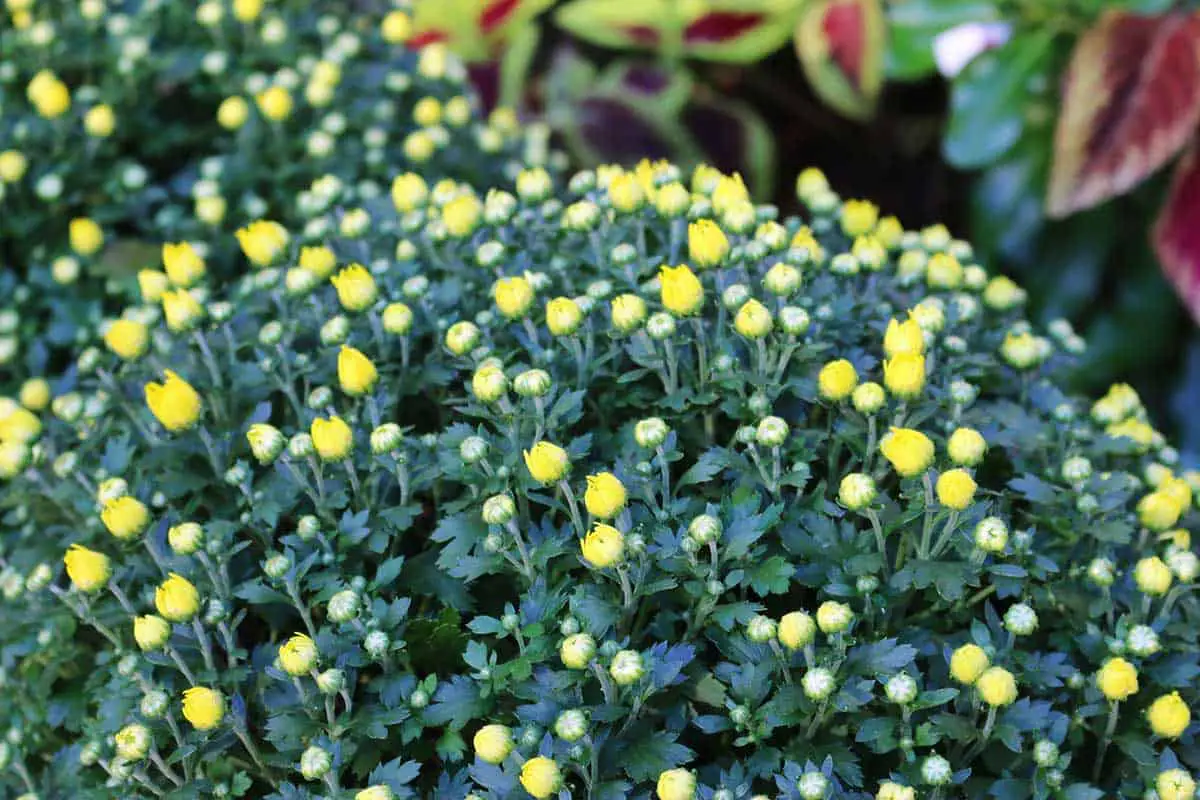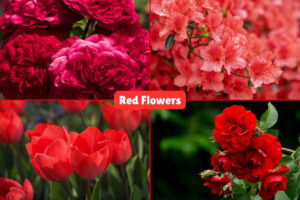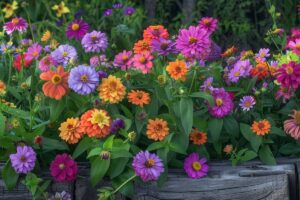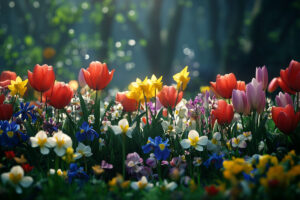This page may contain affiliate links. If you click and buy, we might get a small commission at no cost to you.
As summer transitions to fall, it’s the perfect time to refresh your garden with a new array of blooms. Fall flowers can extend the beauty of your garden well into the cooler months, providing vibrant colors and interest when many summer plants begin to fade. Here are some ideas for flowers to grow in the fall, along with their growing requirements and some info about them.
1. Chrysanthemums (Mums)
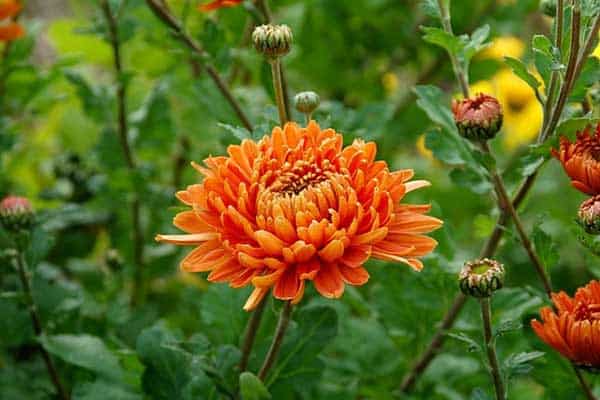
- Scientific name: Chrysanthemum morifolium
- Bloom Period: Late summer to fall
- Sun Requirements: Full sun
- Perennial: Yes, in USDA zones 5-9
Chrysanthemums, commonly known as mums, are a staple of the fall garden. They come in a wide variety of colors, including yellow, orange, red, pink, and white, and their blooms can be single, double, or daisy-like. Mums are hardy perennials that return year after year, providing consistent fall color.
They prefer well-drained soil and should be watered regularly to keep the soil moist but not soggy. Deadheading spent blooms encourages more flowers, and pinching back the stems in early summer helps to create a bushier plant with more blooms.
2. Pansies
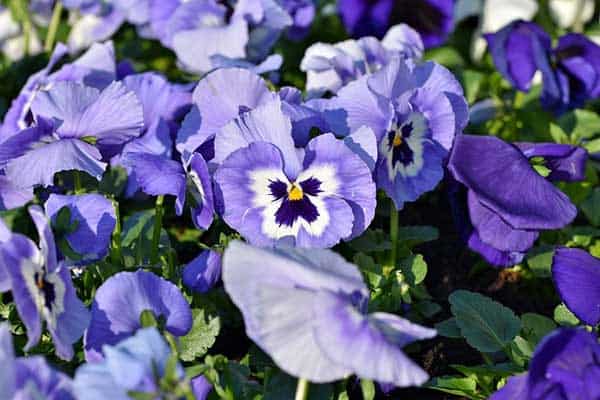
- Scientific name: Viola tricolor var. hortensis
- Bloom Period: Fall to spring
- Sun Requirements: Full sun to partial shade
- Perennial: Technically a short-lived perennial, often grown as an annual
Pansies are beloved for their cheerful, face-like blooms that come in a myriad of colors and patterns. They thrive in cooler weather, making them perfect for fall planting. Pansies are often treated as annuals, but in milder climates, they can act as perennials, blooming through the winter and into spring.
They prefer well-drained, rich soil and regular watering. Removing spent flowers will encourage continuous blooming. Pansies are great for borders, containers, and window boxes.
3. Asters
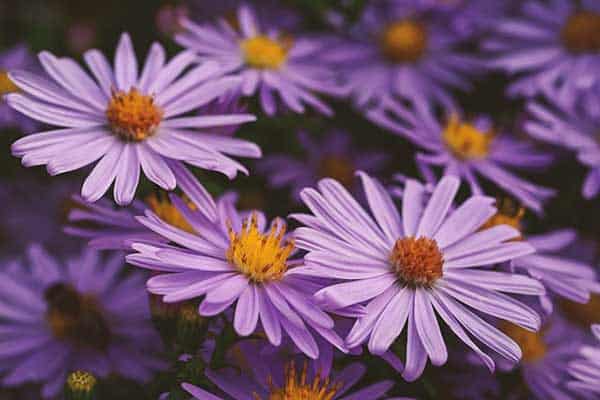
- Scientific name: Symphyotrichum
- Bloom Period: Late summer to fall
- Sun Requirements: Full sun to partial shade
- Perennial: Yes, in USDA zones 3-8
Asters bring a splash of color to the garden in late summer and fall with their daisy-like flowers in shades of purple, blue, pink, and white. These hardy perennials attract pollinators, making them a great choice for wildlife gardens.
Asters prefer well-drained soil and need regular watering during dry periods. They can be divided every few years to maintain plant health and vigor. Pinching back the stems in early summer can promote bushier growth and more abundant blooms.
4. Sedum (Stonecrop)

- Scientific name: Sedum
- Bloom Period: Late summer to fall
- Sun Requirements: Full sun to partial shade
- Perennial: Yes, in USDA zones 3-9
Sedums are hardy succulents that produce clusters of small, star-shaped flowers. They are drought-tolerant and low-maintenance, making them an ideal choice for fall gardens. Sedums come in many varieties, with foliage that can be green, blue, purple, or variegated, adding year-round interest to the garden.
They thrive in well-drained soil and require minimal watering once established. Sedums are excellent for rock gardens, borders, and ground covers, and their late-season blooms provide a valuable food source for pollinators.
5. Marigolds

- Scientific name: Tagetes
- Bloom Period: Spring to fall
- Sun Requirements: Full sun
- Perennial: No, they are annuals
Marigolds are a gardener’s favorite for their bright, cheerful blooms and ease of cultivation. They come in various shades of yellow, orange, and red, and their dense, rounded flowers add a pop of color to fall gardens. Marigolds are annuals, so they need to be replanted each year, but their fast growth and long bloom period make them worth the effort.
They thrive in most soil types and require minimal maintenance, making them ideal for novice gardeners. Additionally, marigolds are known to repel pests, making them a great companion plant.
6. Snapdragons
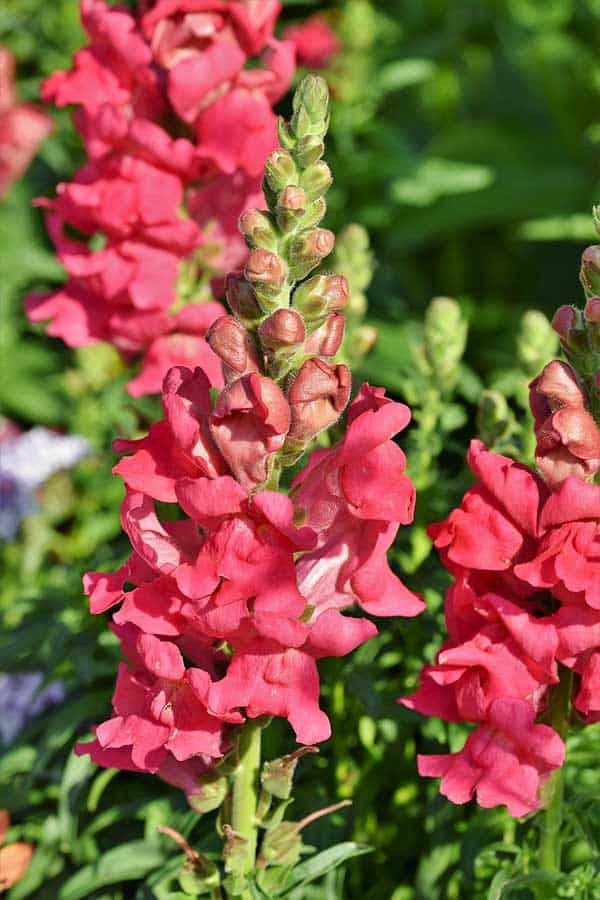
- Scientific name: Antirrhinum majus
- Bloom Period: Spring and fall
- Sun Requirements: Full sun to partial shade
- Perennial: Short-lived perennial in USDA zones 7-10, often grown as an annual
Snapdragons are versatile flowers that thrive in cooler fall temperatures. They come in a wide range of colors and add height and texture to garden beds and borders with their tall, spiky blooms.
Snapdragons prefer well-drained soil and benefit from regular watering and fertilizing. Deadheading spent flowers encourages more blooms. In warmer climates, snapdragons can act as short-lived perennials, returning for several years. They are excellent for adding vertical interest and for use as cut flowers.
7. Ornamental Kale and Cabbage
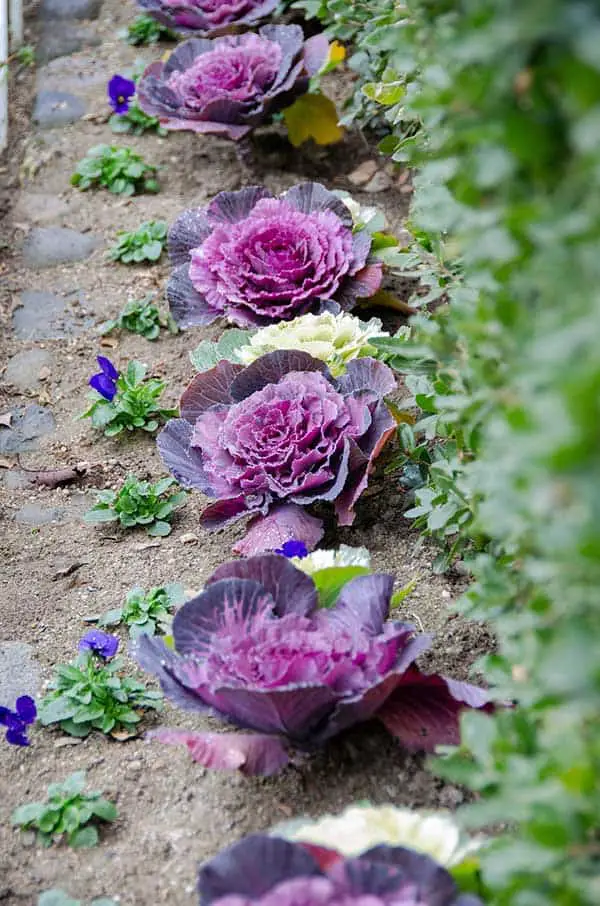
- Scientific name: Brassica oleracea
- Bloom Period: Fall and winter (for foliage)
- Sun Requirements: Full sun to partial shade
- Perennial: No, they are biennials, often grown as annuals
Ornamental kale and cabbage are grown primarily for their colorful, ruffled leaves that kind of act as flowers. They thrive in cool weather and can withstand frost, making them perfect for fall and winter gardens.
The foliage comes in shades of purple, pink, white, and green, adding visual interest and texture to garden beds and containers. They prefer well-drained, rich soil and regular watering. While they are technically biennials, they are usually grown as annuals for their stunning foliage display.
